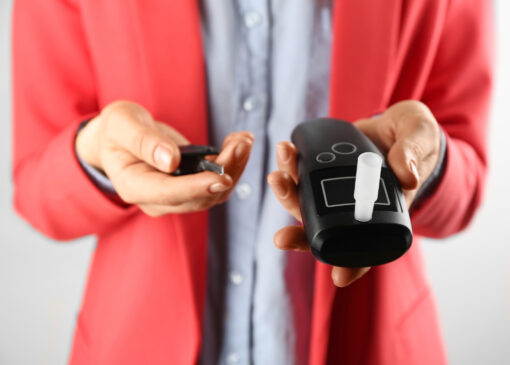
In general, California law forbids anybody with a blood alcohol concentration (BAC) of.08 percent or above from operating a motor vehicle. The BAC is lower in some circumstances, such as if you have a business driver’s license or are under the age of 21. The police can determine BAC using one of two methods: a blood test or a breath test.
Read on to learn how these tests work. If you have been arrested for a California DUI, contact Chambers Law Firm at 714-760-4088 to request a free legal consultation.
Breath tests and how they work
Many people assume that breathalyzers or breath tests assess how much alcohol is in your system, but this is not the case. Any chemical molecule with a methyl group in its structure is measured by breath testing. There are hundreds other chemical molecules that have the methyl group besides alcohol, which means you might get a positive breath test even if you don’t have any alcohol in your blood.
A driver may be requested to undergo a breathalyzer test by the side of the road if he is pulled over for a DUI. It’s crucial to note that unless you’re under the age of 21 or already on DUI probation, you’re not required to take this roadside test. However, if you are arrested for a DUI, you must submit to a chemical breath or blood test.
You’ll be asked to breathe into a tube, which will be used to collect a breath sample. Infrared spectroscopy is commonly used in these machines to fire light energy through a collected breath sample. This energy will be absorbed by any substances that contain the methyl group. The more energy absorbed by a chemical component, the more of that chemical compound is found in a breath sample.
The amount of light energy that reaches the sensor on the other side of the machine determines the breath test reading. The greater the blood alcohol concentration (BAC) level, the less light that reaches the sensor.
The problem with breathalyzer tests
As previously stated, this approach has a serious problem. If light is absorbed by a breath sample, a chemical breath test equipment thinks that the chemical component absorbing the energy is alcohol. The equipment merely indicates the quantity of energy absorbed, not the sort of substance that is really absorbing the light.
This is subsequently converted into a blood alcohol content (BAC) measurement. A false positive BAC measurement can be caused by a variety of substances other than alcohol. These chemicals might be something the individual undergoing the test ate or something created by his body if he has a medical condition or is following a specific diet.
You’ll need an expert DUI lawyer if you’ve been caught for driving under the influence despite not having consumed any alcohol. To learn more about how Chambers Law Firm can defend you against false positive breath test results, call 714-760-4088 or email dchambers@clfca.com. Initial appointments are always complimentary!




